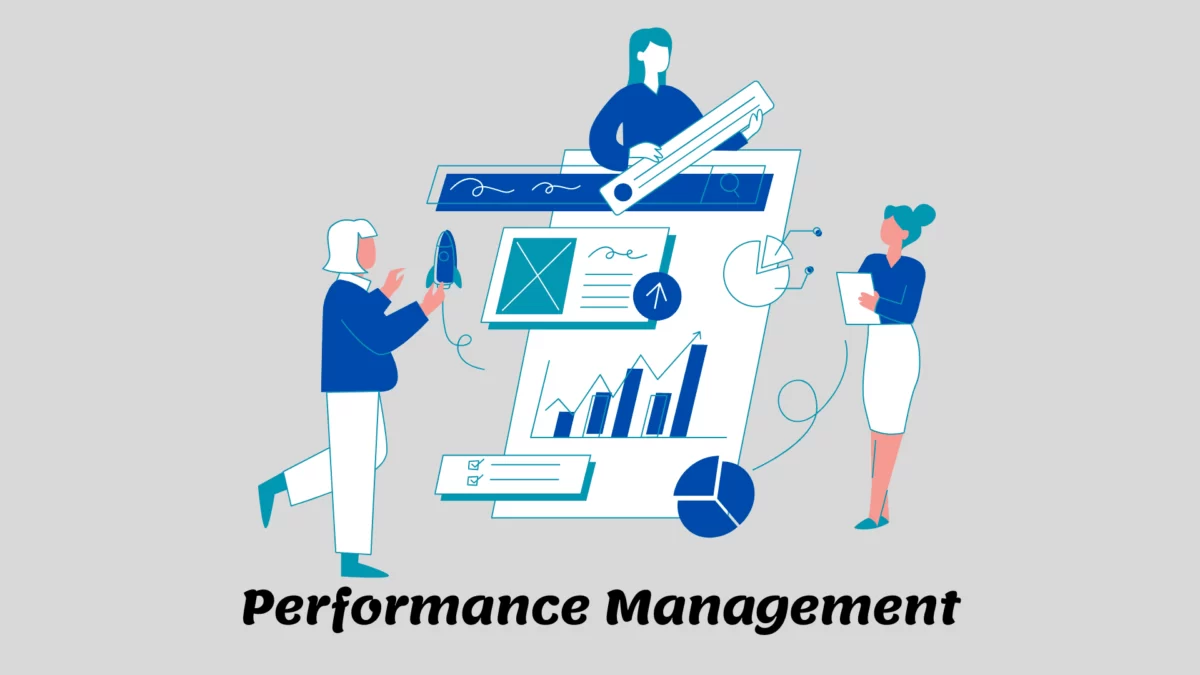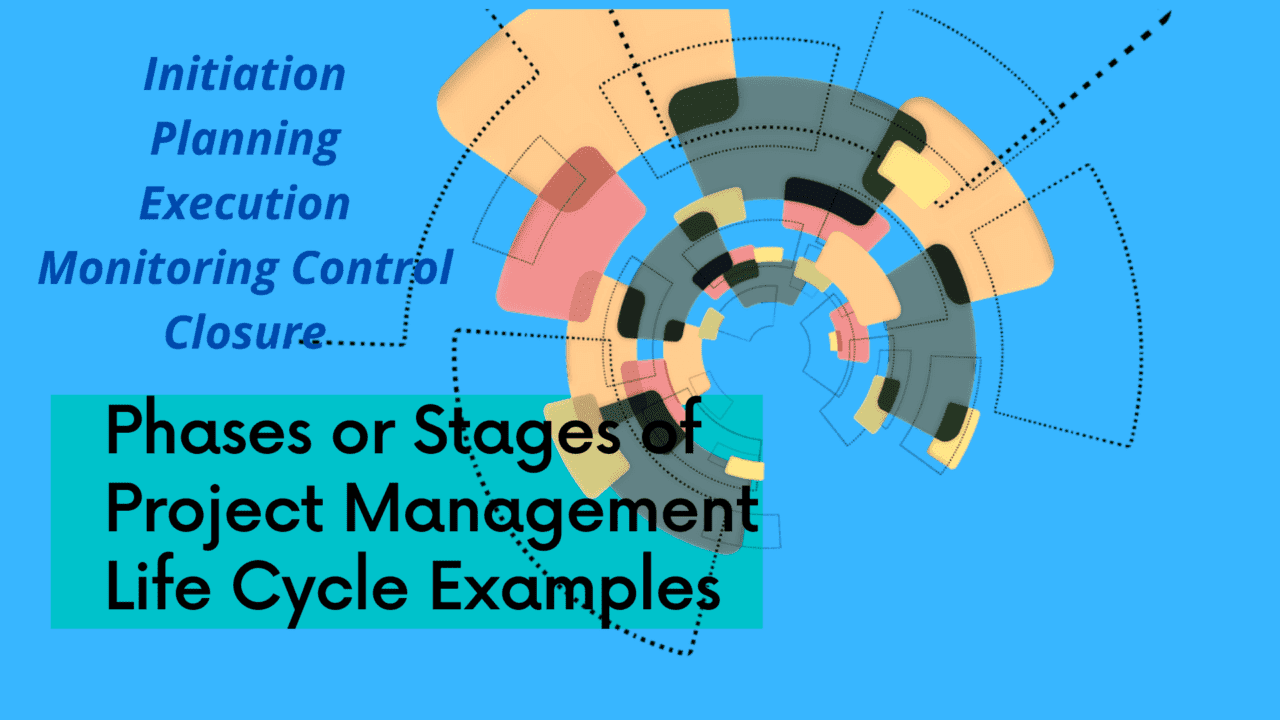Performance Management Meaning, Elements, Goals, Stages, Practices, and Examples: How to be Know. Performance management is a process that involves aligning an employee’s skills and performance with the goals and objectives of an organization. The primary objective of performance management is to enhance the overall effectiveness of an organization by improving the skills and abilities of its employees. It typically involves setting performance standards, providing feedback, evaluating performance, and identifying areas for development and improvement. When implemented effectively, performance management can help improve employee morale, increase productivity, and foster a more positive company culture. Also, It is an ongoing process that assists organizations in achieving their objectives.
Define as well as Performance Management Meaning, Elements, Goals, Stages, Practices, and Examples
What is the meaning of performance management? Performance management refers to a comprehensive process or system designed to continuously monitor, measure, evaluate, and enhance the performance of individuals, teams, or organizations. Also, It involves setting clear performance expectations, providing ongoing feedback, assessing performance against predetermined goals or standards, and implementing strategies to improve performance.
Performance management encompasses various activities and processes, including goal setting, performance appraisals, feedback and coaching, performance measurement, training and development, recognition and rewards, and performance improvement plans. The primary purpose of performance management is to align individual and team performance with organizational goals and objectives, ultimately driving overall organizational success.

Elements of performance management
The key elements of performance management typically include:
Setting Clear Expectations:
Defining performance expectations, objectives, and goals that are specific, measurable, attainable, relevant, and time-bound (SMART). Also, This ensures clarity and alignment with organizational priorities.
Monitoring and Measurement:
Continuously tracking and measuring performance through various methods, such as regular check-ins, performance metrics, key performance indicators (KPIs), or performance dashboards. Also, This allows for ongoing assessment and identification of areas for improvement.
Feedback and Coaching:
Providing timely and constructive feedback to individuals or teams to acknowledge strengths, address performance gaps, and offer guidance for improvement. Regular coaching and support are crucial for enhancing performance.
Performance Evaluation:
Conduct formal assessments or appraisals to evaluate performance against established goals, competencies, or performance standards. These evaluations provide a comprehensive overview of an individual’s performance and inform decisions related to development, rewards, or promotions.
Development and Training:
Identifying skill gaps and providing opportunities for learning, development, and training to enhance performance. Also, This can involve offering workshops, workload capacity, courses, mentoring programs, or job rotations to build competencies and capabilities.
Recognition and Rewards:
Recognizing and rewarding exceptional performance to motivate individuals and teams. This can include financial incentives, public recognition, career advancement opportunities, or non-monetary rewards to reinforce desired behaviors and outcomes.
Performance Improvement:
Implementing performance improvement plans (PIPs) or interventions for individuals or teams who are not meeting performance expectations. These plans outline specific improvement targets, provide support, and establish a timeframe for progress monitoring.
Alignment with Organizational Goals:
Ensuring that individual and team performance aligns with the broader strategic objectives of the organization. It aims to create a clear link between individual contributions and the overall success of the organization.
By implementing a robust performance management system, organizations can foster a culture of continuous improvement, enhance employee engagement and productivity, optimize organizational performance, and drive individual and collective success in Project Management.
What are the goals of Performance management?
Performance management involves processes that align employee performance with organizational goals. The goal of performance management is to improve the effectiveness of an organization by developing the skills and abilities of its employees. The processes used in performance management include setting performance standards, providing feedback, evaluating performance, and addressing areas of improvement. When these processes are implemented effectively, they can help to improve the overall performance of an organization, resulting in increased productivity, higher employee morale, and a more positive company culture.
The goals of performance management can vary depending on the organization and its specific objectives. However, some common goals include:
Clarifying Expectations:
Performance management aims to establish clear performance expectations and goals for employees. Also, This includes defining job roles, responsibilities, and performance standards to ensure that employees understand what is expected of them.
Monitoring Performance:
Performance management involves regularly monitoring and assessing employee performance. This allows organizations to track progress, identify areas for improvement, and recognize high-performing individuals.
Providing Feedback:
Performance management facilitates ongoing feedback and communication between managers and employees. It provides a platform for discussing performance strengths and weaknesses, providing guidance, and offering constructive feedback to enhance performance.
Identifying Development Needs:
Performance management helps identify individual development needs and areas where employees require additional support or training. Also, It enables organizations to create tailored development plans to enhance skills, knowledge, and capabilities.
Recognizing and Rewarding Performance:
Performance management systems often incorporate mechanisms to recognize and reward exceptional performance. This can include monetary incentives, promotions, recognition programs, or non-monetary rewards such as increased responsibilities or opportunities for career advancement.
Facilitating Career Development:
Performance management supports employees’ career development by identifying their aspirations, strengths, and areas for growth. Also, It helps create development plans and succession strategies to ensure individuals are prepared for future roles and responsibilities.
Supporting Decision-Making:
Performance management provides data and insights that can inform various organizational decisions. Performance metrics and evaluations help in identifying high-potential employees, making promotion decisions, allocating resources effectively, and identifying areas of improvement at the organizational level.
Improving Organizational Performance:
Ultimately, performance management aims to contribute to overall organizational success and effectiveness. By aligning individual and team performance with organizational goals, performance management helps improve productivity, efficiency, and the achievement of desired outcomes.
It’s important to note that the goals of performance management should be aligned with the organization’s mission, values, and strategic objectives to ensure a cohesive and integrated approach to managing performance across the organization.
What are the stages of performance management?
Performance management typically contains several stages or processes. The specific stages can vary depending on the organization, but commonly include the following:
Goal setting: This is the process of establishing clear and measurable performance expectations for individual employees or teams in alignment with organizational goals.
Performance feedback: Providing regular constructive feedback on performance, including identifying strengths and areas requiring improvement, and discussing career development opportunities.
Performance evaluation: Formal and systematic assessments of individual or team performance that may include metrics such as KPIs (key performance indicators), feedback from colleagues or customers, and more.
Performance improvement: Implementing strategies to develop employees’ skills and address performance deficiencies in individuals or teams, such as coaching, mentoring, training, or reassignment.
Performance monitoring: Regular tracking and analyzing of employee or team performance, including reviewing progress toward goals, identifying areas of underperformance, and adjusting goals and strategies as necessary.
These stages are often cyclical, with performance management and improvement being an ongoing process, rather than a one-time event.
Best practices of the Performance management process
Performance management is an ongoing process that helps organizations achieve their goals and objectives by improving individual and team performance. Here are some best practices for a successful performance management process:
Set clear expectations: Performance goals and expectations should be communicated to employees at the beginning of the performance cycle. Clear expectations will help in creating a shared understanding of what is expected of employees and help in reducing ambiguity.
Regular Feedback: Regular feedback helps employees understand what they are doing well and the areas where they need to improve. Constructive feedback can also lead to better job satisfaction, motivation, and employee engagement.
Training and development: Organizations should invest in their employees by providing them with the necessary training and development opportunities to help them improve their skills and career advancement goals.
Fair and objective evaluation: Employees should feel that the evaluation process is fair, objective, and transparent. To achieve this, the evaluator should be impartial, and unbiased, and should evaluate employees based on clear, pre-established performance criteria.
Continuous improvement: Performance management should be seen as an ongoing process, not just a once-a-year meeting. A continuous improvement approach will help employees stay motivated, engaged, and aware of their progress throughout the year.
By following these best practices of performance management, organizations can create a culture of continuous improvement, maximize employee potential and enhance business performance.
Examples of performance management
Here are some examples of performance management practices commonly used in organizations:
Goal Setting:
Establishing specific, measurable, attainable, relevant, and time-bound (SMART) goals for individuals or teams. These goals provide clarity and direction, and they serve as a benchmark for evaluating performance.
Performance Appraisals:
Conduct formal evaluations of employee performance, typically on an annual or periodic basis. Performance appraisals involve assessing performance against predetermined goals or performance standards and providing feedback on strengths, areas for improvement, and development opportunities.
Continuous Feedback:
Encouraging ongoing feedback and communication between managers and employees. Also, This can be achieved through regular check-ins, coaching sessions, or informal conversations to discuss progress, and challenges, and provide guidance.
Performance Metrics and KPIs:
Establishing key performance indicators (KPIs) or metrics to measure and track performance. These metrics can include productivity measures, customer satisfaction ratings, sales targets, error rates, or other relevant indicators to assess individual or team performance.
Performance Improvement Plans (PIPs):
Implementing performance improvement plans for employees who are not meeting performance expectations. PIPs outline specific areas for improvement, set clear targets, and establish a timeframe for improvement, while also providing necessary support and resources.
Training and Development:
Identifying skill gaps and providing training and development opportunities to enhance employee performance. This can include workshops, seminars, online courses, mentoring programs, or job rotations to build competencies and improve performance.
Performance Recognition and Rewards:
Implementing recognition programs or performance-based rewards to acknowledge and reinforce exceptional performance. This can include bonuses, salary increases, promotions, public recognition, or other incentives to motivate and reward high-performing individuals.
Performance Calibration:
Conduct calibration sessions where managers or evaluation committees review and discuss performance ratings to ensure fairness and consistency in performance assessments across teams or departments.
Succession Planning:
Identifying high-potential employees and creating development plans to prepare them for future leadership or key roles within the organization. Succession planning ensures a pipeline of talented individuals ready to take on critical positions.
Performance Analytics and Data Analysis:
Using data analysis techniques to derive insights from performance data and identify trends, patterns, or areas for improvement. Also, Data-driven decision-making helps organizations assess performance at various levels and make informed strategic choices.
These are just a few examples of performance management practices that organizations may employ. The specific practices used can vary depending on the organization’s size, industry, culture, and objectives.
Summary
Performance management is a crucial process that helps organizations to align their employees’ performance with the strategic goals and objectives of the organization. It involves various stages, elements, and practices that aim to improve individual and team performance. By implementing a comprehensive performance management process, organizations can create a culture of continuous improvement, enhance employee engagement and productivity, optimize organizational performance, and drive individual and collective success.
The key elements of performance management include setting clear expectations, monitoring and measurement, feedback and coaching, performance evaluation, development and training, recognition and rewards, performance improvement, and alignment with organizational goals. By defining performance expectations and goals, continuously tracking and measuring performance, providing feedback, assessing performance, identifying development needs, recognizing and rewarding performance, implementing performance improvement plans, and aligning individual and team performance with organizational goals, organizations can enhance their overall effectiveness.
Moreover, the goals of performance management include clarifying expectations, monitoring performance, providing feedback, identifying development needs, recognizing and rewarding performance, facilitating career development, supporting decision-making, and improving organizational performance. These goals contribute to the development of a supportive company culture, resulting in increased productivity, higher employee morale, and overall organizational success.
To achieve a successful performance management process, organizations should follow some best practices such as setting clear expectations, providing regular feedback, integrating technology, ensuring fairness, and implementing ongoing training and development.
In conclusion, performance management is a critical process in enhancing organizational effectiveness, promoting employee engagement, and driving individual and collective success. By implementing best practices, organizations can achieve their strategic goals by aligning individual and team performance with organizational objectives.














